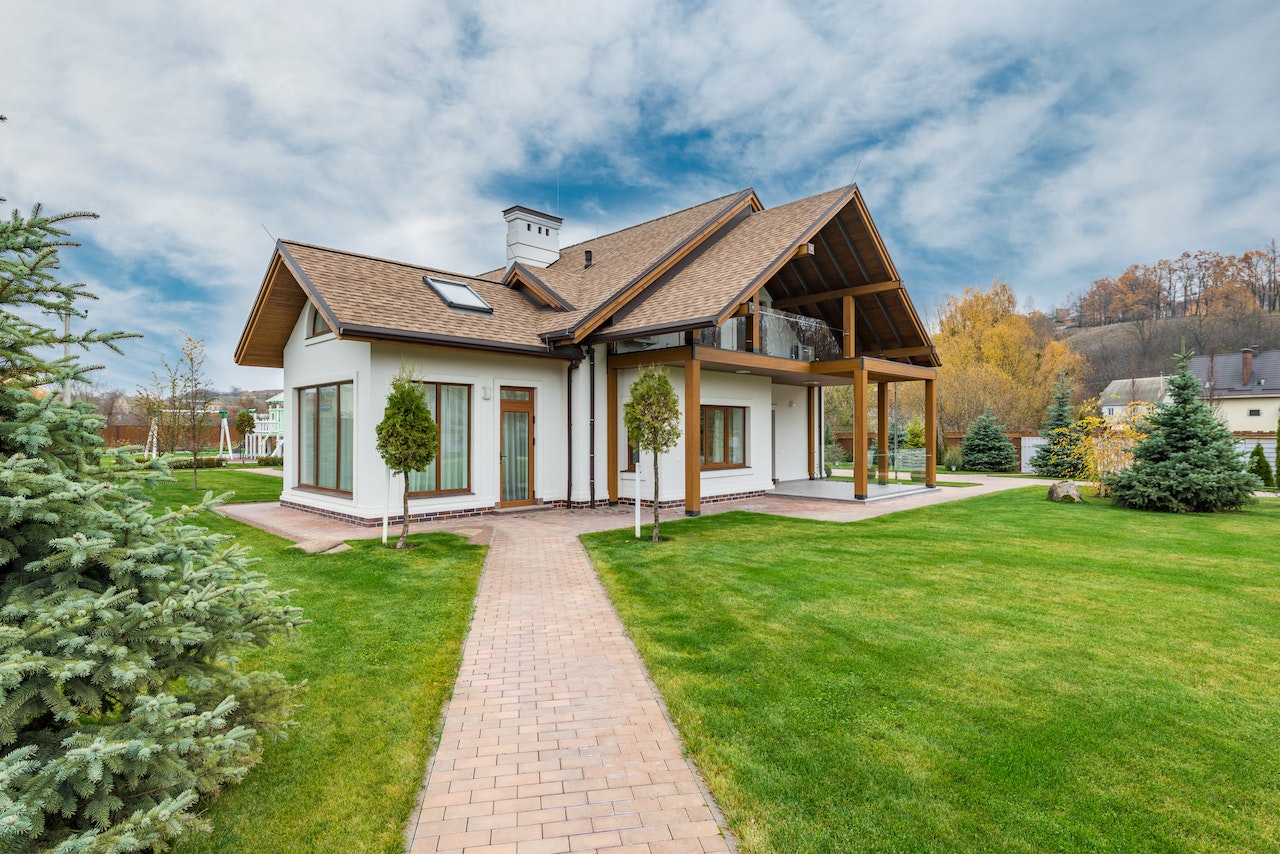Sustainable Materials - Properties and use in Construction Industry

Introduction
The construction industry has been associated with negative impacts on the environment due to the use of traditional building materials such as concrete, steel, and brick. These materials are energy-intensive to produce, require significant amounts of natural resources, and contribute to greenhouse gas emissions during production and transportation.
But with the rise of sustainable materials, that is changing. From using recycled steel to sustainable timber, the construction industry is embracing the use of sustainable materials to reduce its environmental impact.
This not only benefits the environment but also has economic and social benefits. Sustainable buildings can help reduce operating costs, increase the value of the property, and create healthier and more comfortable living and working spaces. By embracing sustainable construction practices, we can create a more resilient built environment that is better equipped to face the challenges of the future, such as climate change and resource scarcity.
In this article, we will explore the properties and characteristics of sustainable materials that make them a better choice than traditional building materials. We will also discuss various types of sustainable materials and their applications in construction.
Characteristics of Sustainable Material
Some characteristics that a sustainable material should posses is as under -
- Renewable: Sustainable materials should come from renewable sources that can be replenished. This includes materials such as bamboo, cork, and straw bales.
- Recyclable: Materials that can be reused or recycled at the end of their lifecycle, such as steel or glass, reduce waste and conserve resources.
- Low embodied energy: Embodied energy refers to the energy required to extract, produce, and transport a material. Sustainable materials have a low embodied energy, reducing their carbon footprint.
- Non-toxic: Materials should not contain harmful chemicals or emit toxic fumes, promoting a healthy indoor environment.
- Durable: Materials should be durable and long-lasting, reducing the need for frequent replacements and minimizing waste.
- Locally sourced: Sourcing materials locally reduces transportation costs and emissions, while also supporting local economies.
- Water efficient: Materials should use minimal water in their production, reducing the strain on local water resources.
- Low maintenance: Sustainable materials should require minimal maintenance and cleaning, reducing the need for harsh chemicals and cleaning agents.
- Energy-efficient: Sustainable materials should be energy-efficient, reducing the amount of energy required to heat or cool a building.
- Aesthetically pleasing: Sustainable materials should be aesthetically pleasing, promoting the use of sustainable materials in construction and design.
By possessing these characteristics, sustainable materials can help to minimize the environmental impact of construction, reduce waste, and promote a more sustainable future. Incorporating sustainable materials into construction practices is an important step towards creating healthy and comfortable living and working spaces while minimizing the impact on the environment.
Sustainable Materials used in construction
Sustainable materials for construction include bamboo, recycled steel, rammed earth, straw bales, cork, etc. These materials offer a range of benefits, from low embodied energy to high insulation values, and can be used in a variety of construction applications, from structural elements to finishes and furniture.
Some of these materials are listed below
-
Bamboo

Bamboo is a highly sustainable and versatile material that has been used for construction for centuries. It has several characteristics that make it an excellent choice for sustainable construction, including:
- Renewable: Bamboo is one of the fastest-growing plants in the world, with some species growing up to 91 cm (3 feet) per day. It can be harvested every 3-5 years, making it a highly renewable resource.
- Strong and lightweight: Bamboo is stronger than most hardwoods and has a high strength-to-weight ratio, making it an excellent material for construction.
- Versatile: Bamboo can be used in a variety of construction applications, from structural elements such as beams and columns to flooring, wall panels, and furniture.
- Resilient: Bamboo is resistant to pests, rot, and fire, making it a durable and long-lasting material for construction.
In addition to these characteristics, bamboo also has a high potential for carbon sequestration, meaning it can capture and store carbon dioxide from the atmosphere. This makes it an ideal material for sustainable construction, as it not only has a low environmental impact but can also contribute to reducing carbon emissions.
-
Recycled Steel
Recycled steel is a material that is made from scrap steel that has been processed and reused. The production of recycled steel involves melting down scrap steel in an electric arc furnace, where it is then refined and processed into new steel products. This process requires significantly less energy and releases fewer greenhouse gas emissions than producing new steel from raw materials.This helps to reduce the carbon footprint of construction and combat climate change. Additionally, using recycled steel in construction conserves natural resources and reduces the demand for mining and processing new steel.
Furthermore, recycled steel has the same strength and durability as new steel, making it an ideal material for construction applications that require strength and durability. It is also a versatile material that can be used in a variety of construction applications, from structural elements such as beams and columns to roofing, cladding, and reinforcement.
Using recycled steel in construction can also be cost-effective, as it is often cheaper than new steel due to lower production costs. This makes it an attractive option for builders and developers looking to reduce costs while still maintaining high-quality construction standards.
In summary, recycled steel is a sustainable material for construction that provides a durable, cost-effective, and environmentally friendly alternative to new steel. Its production and use can help to reduce the carbon footprint of construction, conserve natural resources, and contribute to a more sustainable future.
-
Rammed Earth
A rammed earth structure is a type of building construction that uses compacted soil to create walls. The process involves compressing soil, sand, and gravel into forms using manual or mechanical methods. A small amount of cement or lime can be added to the mixture to act as a stabilizer, although this is not always necessary.
The materials used to construct rammed earth structures are widely available and low cost, making it an attractive option for sustainable construction.
The compacted soil walls have several advantages, including high thermal mass, which allows them to store and release heat, keeping the indoor temperature stable and comfortable throughout the year. Additionally, rammed earth structures are highly durable and can last for hundreds of years if maintained properly.
These structures make a sustainable building option that utilizes readily available materials and a low carbon footprint. The resulting structures are durable, energy-efficient, and can have a unique and visually appealing appearance.
Conclusion
Sustainable buildings are essential in our efforts to reduce carbon emissions, conserve natural resources, and combat climate change. The use of materials, such as bamboo, recycled steel, and rammed earth can significantly reduce the environmental impact of construction and promote a more sustainable future.
By prioritizing sustainability in building design and construction, we can help to create a healthier and more environmentally friendly world for ourselves and future generations.
From recycled steel to natural insulation, let's build a better world, one brick at a time.